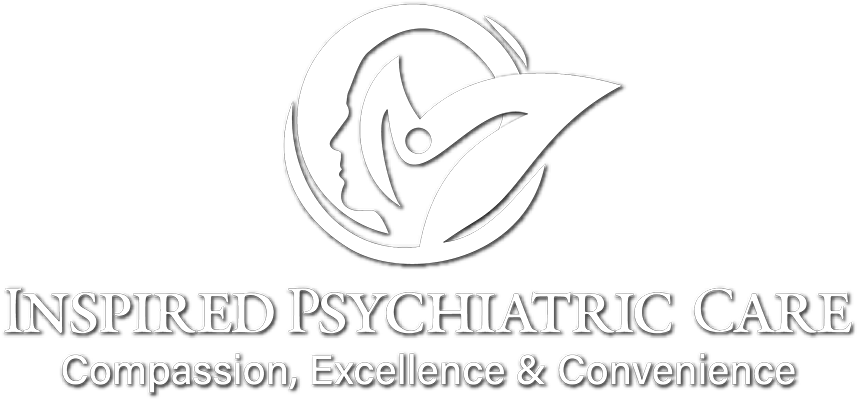What is ADD/ADHD in Adulthood?
Attention Deficit Disorder (ADD) and Attention Deficit Hyperactivity Disorder (ADHD) are neurodevelopmental disorders that continue to affect many adults, often carrying over from childhood. In adults, ADD is characterized by persistent challenges in maintaining attention, organization, and managing time effectively. These individuals may experience difficulties in focusing on tasks, particularly in distracting environments, and often struggle with disorganization and forgetfulness. ADHD in adults includes these symptoms but also encompasses elements of hyperactivity and impulsiveness, though the hyperactivity aspect is often less pronounced than in children. Adults with ADHD may feel an inner restlessness, face challenges in regulating their impulses, and often engage in hasty decision-making. These symptoms can significantly impact various aspects of life, including work performance, personal relationships, and overall daily functioning. Recognizing and managing ADD/ADHD in adults is crucial, and treatment typically involves a combination of behavioral therapy, lifestyle adjustments, and sometimes medication, aimed at mitigating symptoms and improving quality of life.
ADD in Adults
Adults with Attention Deficit Disorder (ADD) navigate unique challenges, primarily characterized by difficulties with attention, concentration, and organization. Unlike ADHD, hyperactivity is not a core symptom in ADD, making it less noticeable but equally impactful in adults. These individuals often struggle with maintaining focus on tasks, particularly in noisy or busy environments, and might seem easily distracted or forgetful. Organizational challenges are common, leading to issues with managing time, meeting deadlines, and keeping track of personal or professional responsibilities. Adults with ADD may also experience impulsiveness in decision-making, although this is typically less pronounced than in ADHD. This can impact their work performance and personal relationships, potentially leading to feelings of frustration or low self-esteem. Moreover, adults with ADD might develop various coping strategies over time, which can help to some extent but may not fully mitigate the disorder’s impact. Treatment often involves behavioral strategies, lifestyle adjustments, and sometimes medication, all aimed at improving focus and organizational skills.
ADHD in Adults
Adults with Attention Deficit Hyperactivity Disorder (ADHD) often experience symptoms that can significantly affect their personal, professional, and social lives. Unlike in children, where hyperactivity is prominent, adult ADHD is characterized by persistent issues with attention, impulsivity, and self-regulation. These adults may struggle with organization, prioritizing tasks, managing time, and maintaining focus on long-term projects, which can lead to underperformance in the workplace and daily life disorganization. Impulsivity may manifest in hasty decision-making or difficulty controlling emotional responses. While hyperactivity tends to decrease from childhood into adulthood, some adults with ADHD may still feel an inner restlessness or a tendency to take on multiple activities at once. These challenges can strain relationships, create difficulties in establishing stable routines, and often lead to a sense of underachievement or frustration. Adults with ADHD may also develop coping mechanisms to manage their symptoms, which can vary in effectiveness. Treatment often includes behavioral therapy, lifestyle adjustments, and possibly medication, aimed at managing symptoms and improving overall functioning.
How is therapy used to treat ADD/ADHD in adults?
Therapy plays a vital role in treating ADD/ADHD in adults, focusing on developing skills to manage the symptoms and improve daily functioning. Cognitive-behavioral therapy (CBT) is commonly used, helping individuals understand the thought patterns and behaviors associated with ADHD and teaching them how to alter these patterns. A licensed mental health provider can help an adult with ADHD learn how to organize his or her own life with tools such as keeping routines and breaking down large tasks into more manageable, smaller tasks. This includes strategies for time management, organization, prioritizing tasks, and dealing with procrastination. In addition to these practical skills, therapy can also address any co-occurring issues such as low self-esteem, anxiety, or depression, which are common in adults with ADHD. Therapists may also work on developing better communication and relationship skills, as ADHD can often affect personal and professional relationships. For some, medication may be a part of the treatment plan, used in conjunction with therapy to optimize overall functioning. This holistic approach aims to empower adults with ADHD to navigate their challenges effectively and lead more structured and fulfilling lives.
